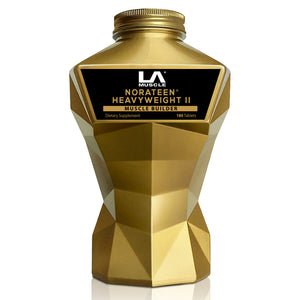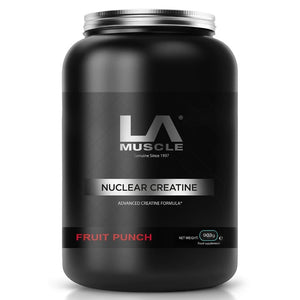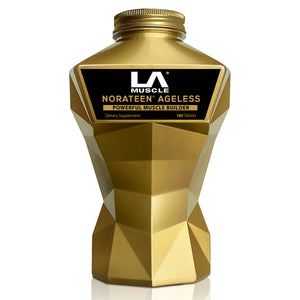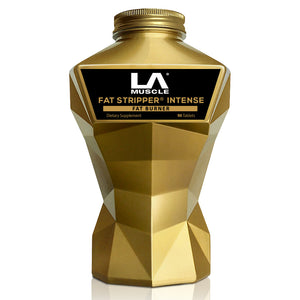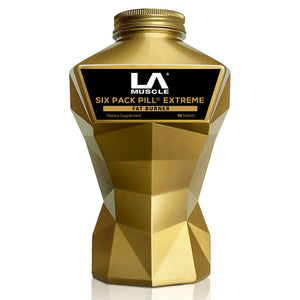
Ice baths are a common practice among professional athletes. Sometimes referred to as cold water therapy or cryotherapy, it is believed that this practice helps athletes recover faster and reduce soreness and pain after competitive activities and intense training. Some athletes use contrast therapy - where they alternate between cold and warm water, intending to get the same results.
Like many similar practices, some people wonder if ice baths have any real effects or whether they work. Scientific researches are ongoing to verify the claims that ice baths speed up muscle recovery.
Muscle soreness
After an intense workout, the muscle fibres undergo mild or micro-tears. This damage stimulates muscle cell activity, which helps to repair and strengthen the muscles (muscle hypertrophy). This process explains the delayed onset of soreness and pain, which usually occurs 12 to 72 hours after exercise.
What is the consensus on the effectiveness of ice baths?
Here are some of the ways that the ice bath is said to work:
- It reduces tissue breakdown and swelling
- Flushes wastes like lactic acid out of the damaged tissue and constricts blood vessels
- Slows down physiological and metabolic processes
Although there are no set guidelines regarding the ideal duration and temperature for ice baths, most professional athletes who use this therapy recommend 12 to 15 degrees Celsius and an immersion time of 5 to 20 minutes.
There is still a lot of ground to cover to determine how effective the ice bath is as the research remains inconclusive. But going by the report from trainers and athletes, there may be some truth to the practice.
One research suggests that using ice baths immediately after intense training or exercise hinders the growth of muscle fibres, suppresses inflammation, and slows down muscle growth. On stepping out of the ice bath, your muscles begin to warm up, and there is an increase in blood circulation, which has a relaxing effect on the muscles in general.
You may be wondering whether ice baths are worth it, but if you base your decision on research and athletes testimonies, it may be worth trying. However, you must follow the recommendations to give you the slightest chance at any positive results.
Are there side effects?
One can expect such a practice to have side effects since it involves subjecting the body to extreme temperatures. It is vital to stick to the recommended temperature and duration to prevent damage to your health and general wellbeing. With that said, here are some possible side effects of ice baths :
- Nerve damage
- Hypothermia
- Excruciating pain
There are also risks of complications in people with health conditions such as diabetes, cardiovascular diseases, and neuropathies.
If you no longer feel convinced about ice baths, there is no need to feel discouraged. There are tested and trusted methods for maximum muscle recovery.
- Get a massage after exercise
- Warm water bath
- Do some stretching
- Engage in low-intensity activity
- Get enough sleep



